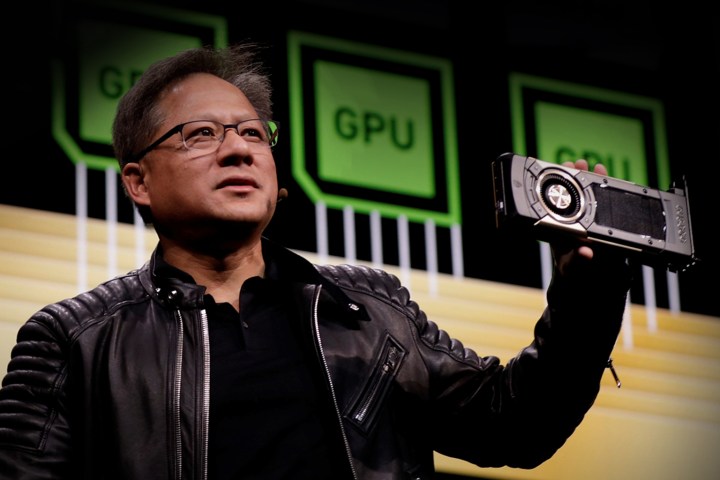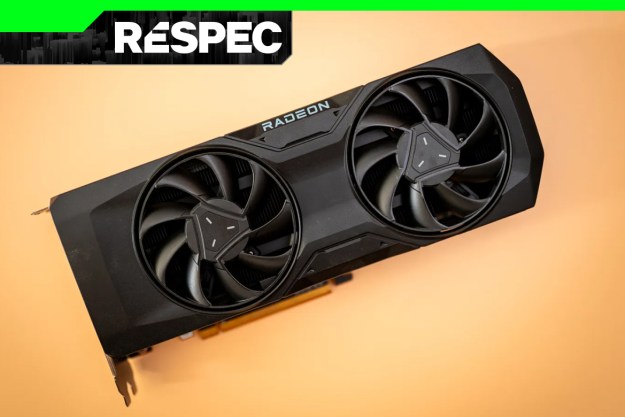
The graphics card inside your computer is a powerful tool for gaming and creative work, but it can also potentially serve as a Trojan horse for malware. Cybercriminals are finding ways to exploit graphics cards and their VRAM to inject malicious code into your system. The approach is claimed to have worked during a proof-of-concept hack on both discrete and integrated GPUs from AMD, Intel, and Nvidia.
Because antivirus software today cannot scan the graphics card’s own video RAM, known as VRAM, hackers are now targeting GPUs to carry out their dirty work. On the other hand, conventional methods used today that target the system’s main memory would trigger the antivirus software.
According to Bleeping Computer, a brief description of the hack was posted on a hacker forum, where one seller was trying to sell his proof-of-concept method to exploit the VRAM on GPUs. The seller stated that the method worked on Intel’s integrated UHD 620 and 630 graphics, as well as discrete solutions including the AMD Radeon RX 5700 and Nvidia GeForce GTX 1650. It’s unclear if the attack would also work on other GPUs, like the recent Radeon RX 6000 series from AMD and the Geforce RTX 3000 series from Nvidia, both of which have seen high demand and short supply.
The listing to sell the proof of concept was posted on August 8, and the method of exploit was sold on August 25, though details about the transactions were not revealed. It’s unknown who purchased the hack or how much was paid.
Though specifics about the exploit that was sold to other hackers are not known, cybersecurity researchers at VX-Underground stated that the method allowed the code to be run by the GPU and in the VRAM rather than by the CPU. The researchers said that they will be demonstrating the method of exploit soon.
While targeting the GPU for cyberattacks may be different from traditional hacks today, the method isn’t entirely novel. This latest exploit follows a similar proof of concept from six years ago known as JellyFish.
With the JellyFish proof of concept, researchers exploited the graphics card with a GPU-based keylogger. The seller of this latest GPU-based hack denied similarities behind his method and JellyFish, Bleeping Computer stated.
Given that your GPU could potentially be exploited by a malicious actor in the future to hide and execute malware, PC owners, gamers, and creators should stay vigilant of suspicious emails, links, files, and downloads. This is especially pertinent given that malware that sits in VRAM can be undetectable by antivirus software.
Editors' Recommendations
- This might be the most ridiculous GPU I’ve ever seen
- RTX 4090 owners are in for some bad news
- GPU prices are back on the rise again
- Everything you need to know about buying a GPU in 2024
- You shouldn’t buy these Nvidia GPUs right now



